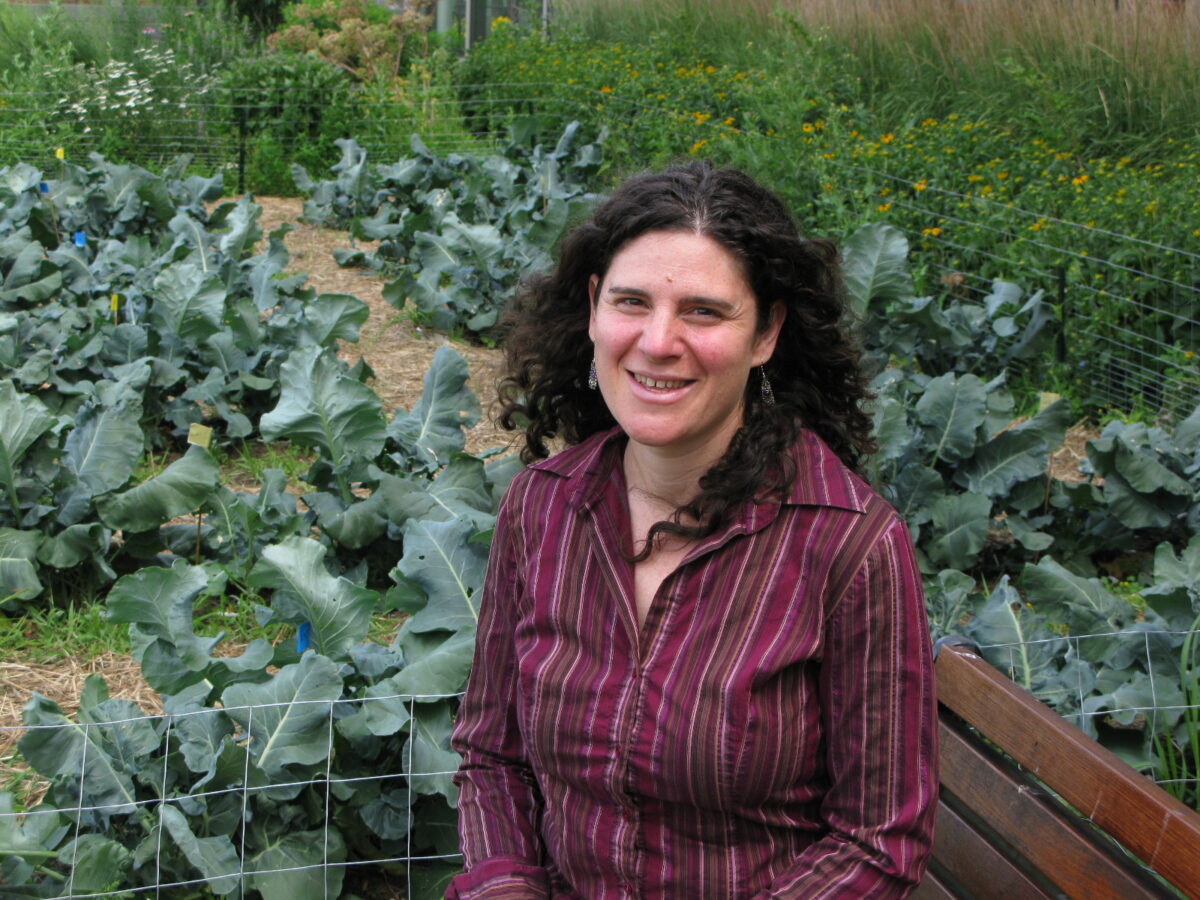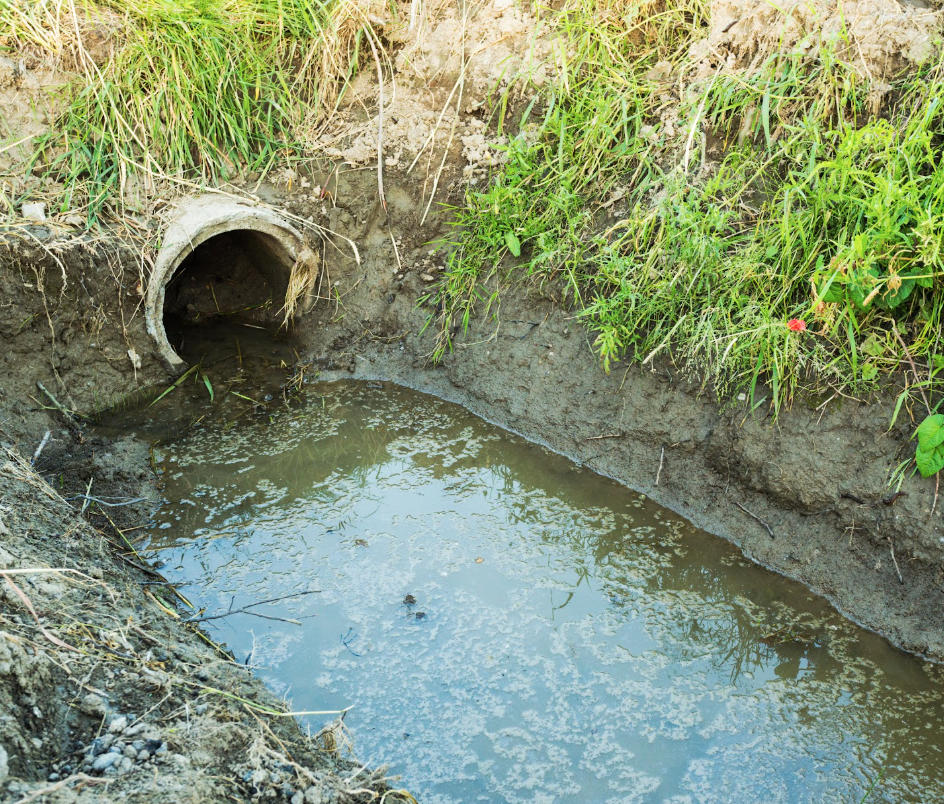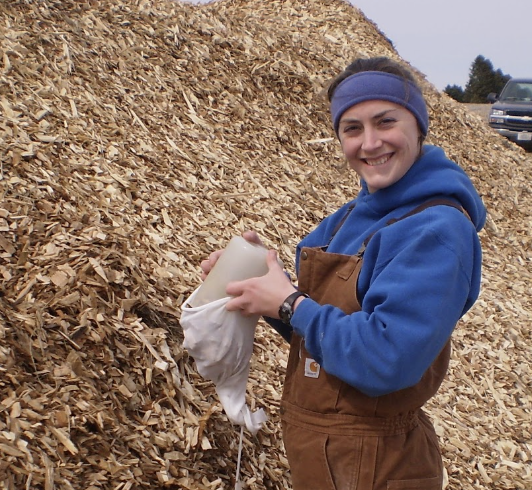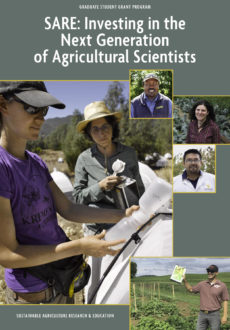Helping Farm Families Thrive From One Generation to the Next
Shoshana Inwood, The Ohio State University
The modest funding Shoshanah Inwood received through her SARE Graduate Student grant helped her uncover such important information about farm succession at the rural-urban interface (RUI), she later leveraged the results into more than $1 million in additional funding.

First as a student at Ohio State University and now as an assistant professor at the University of Vermont, she is identifying strategies that help families pass their farm on to the next generation.
“There is the generalization that agriculture will decline in the face of development pressure,” says Inwood. “But with the right policies that encourage the creativity and entrepreneurship that these families are exhibiting, they can restructure to survive the pressures of farming at the RUI.”
Agriculture at the RUI is central to the viability of local food systems and the preservation of farmland and open spaces. Farm succession is a complex process that critically influences its trajectory.
The graduate student project, conducted in 2007-2009, identified several different strategies farm families employ to create opportunities for the next generation of farmers. Through long interviews with 35 Midwestern families, Inwood collected critical data that would inform both her current and future research, including the importance of accessibility and affordability of healthcare to the future of the family farm, a thread that would become the focus of much of her later work.

Agriculture is one of the most dangerous occupations in the country. For young and aging farmers, health insurance impacts their quality of life and health, as well as the financial viability of their farm business. If they have a large enough number of employees, farmers must provide them insurance, and requirements vary across states
So, one of Inwood’s more recent projects has led to the creation of a website that shares tools and information with farm and ranch families about their unique health insurance needs and options.
Since completing her graduate work, Inwood has expanded her research to explore the succession of all farm types in 10 states across the country. Her major funders now include the USDA Agriculture and Food Research Initiative and state sources.
Inwood credits the SARE program for not only providing an opportunity for a graduate student to conduct research, but also for investing in the social sciences.
"The social sciences are so important to the future of farming, but results can be intangible,” she says. “The policies that play out throughout agriculture and that impact farmers are nuanced, long-term issues. SARE’s investment in understanding these complex questions is incredibly important and critical to building a stronger, more resilient food and agriculture system.”
Sustaining the Family Farm at the Rural Urban Interface: Farm Succession Processes of Alternative Food and Agricultural Enterprises and Traditional Commodity Farmers. (GNC06-070)
Jeff Sharp, Ohio State University - $9,995
Achieving Cleaner Water Through Nitrate Loss Reduction
Laura Christianson, Iowa State University
The challenge is vast: The Corn Belt includes 38 million acres with tile drainage, and while tiling makes the land easier to farm, it also increases the amount of nitrate leaving fields and ultimately degrades the quality of Midwestern streams, rivers and lakes, and the Gulf of Mexico.
So, Laura Christianson turned her attention to strategies that can make tile drainage cleaner for Midwestern corn and soybean farmers. Using a 2009 SARE Graduate Student grant while at Iowa State University, she evaluated the costs, ecosystem services and farmer perceptions of seven nitrate reduction strategies: wetlands, controlled drainage, cover crops, crop rotation, fertilizer rate reduction, fertilizer timing modification and denitrification bioreactors.

Christianson also compiled cost-efficiency numbers, conducted surveys and held farmer discussion groups, collecting data that continues to inform her water quality work at the University of Illinois, where she is an assistant professor.
For example, the cost-efficiency numbers she compiled were used in the nutrient reduction strategies in Iowa and Illinois. These are research- and technology-based frameworks for coordinating state-level changes that reduce nutrient runoff. She views this as “a huge impact that I am really proud of,” Christianson says. “I did work as a graduate student that became part of state-level strategies impacting policy decisions.”
With SARE funding, Christianson researched denitrification bioreactors, trenches filled with wood chips through which drainage water is routed. She was drawn to this concept because of its simplicity; bacteria in the wood chips convert nitrates into nitrogen gas, and can remove 15-60 percent of the nitrate load from water that comes from fields. Bioreactors can be placed at field edges, requiring no land to be taken out of production. Although denitrification produces nitrous oxide, a greenhouse gas, research suggests it is a small amount of the nitrate entering the system, and through good design and management, emissions may be minimized.

In her research, Christianson also found that although cover crops are more expensive per unit of nitrate treated than some of the other reduction strategies, farmers expressed more willingness to use them. Gaining in popularity nation-wide, cover crops provide a wide range of ecosystem services and production benefits that go beyond nitrate loss reduction, such as soil retention, increased biodiversity and weed suppression.
“I think a better understanding of the costs of conservation practices helps contribute to sustainable agriculture,” Christianson says. “But a better under-standing of what farmers’ perceptions are of certain practices is important, too.”
Christianson is applying her knowledge in other important ways: She serves as the Illinois SARE co-coordinator, responsible for sharing information about sustainable agriculture with educators and other professionals in her state.
Producer Education of Nitrate Reduction Strategies and Evaluation of Acceptance (GNC09-103)
Dr. Matthew Helmers, Iowa State University - $9,953
